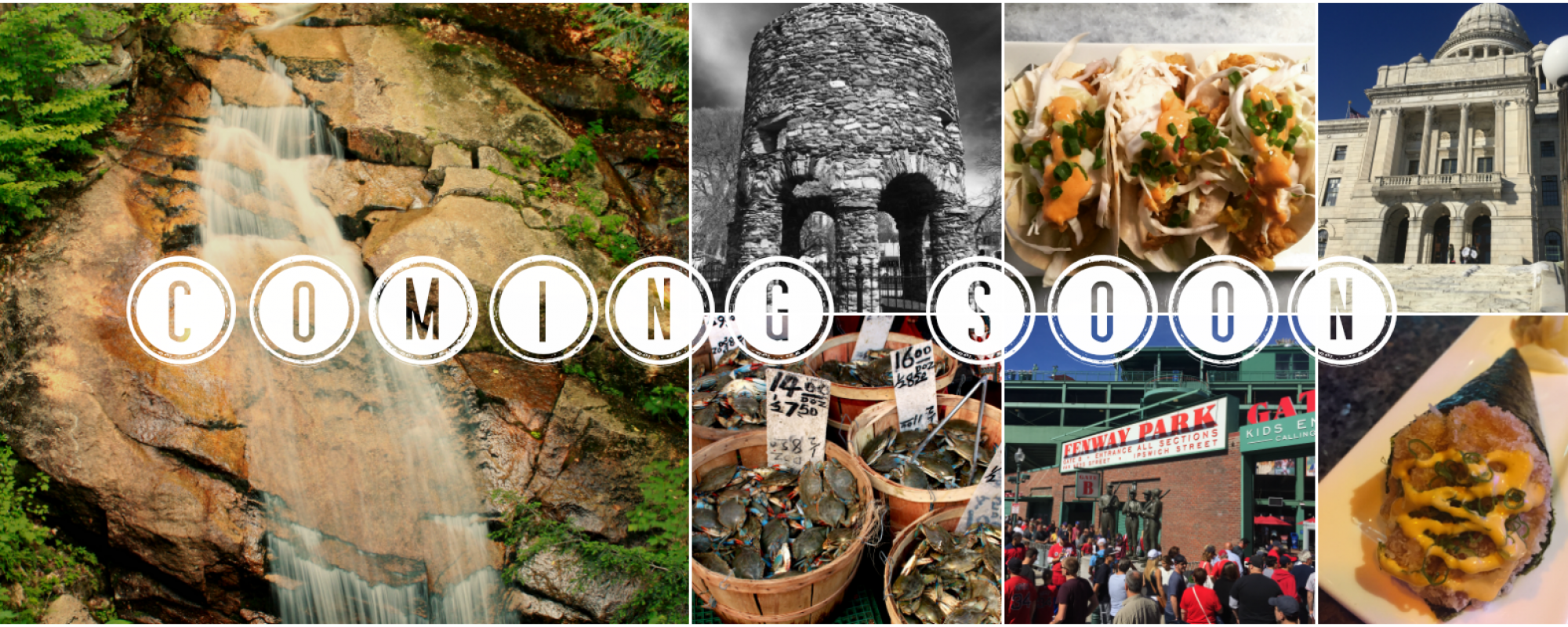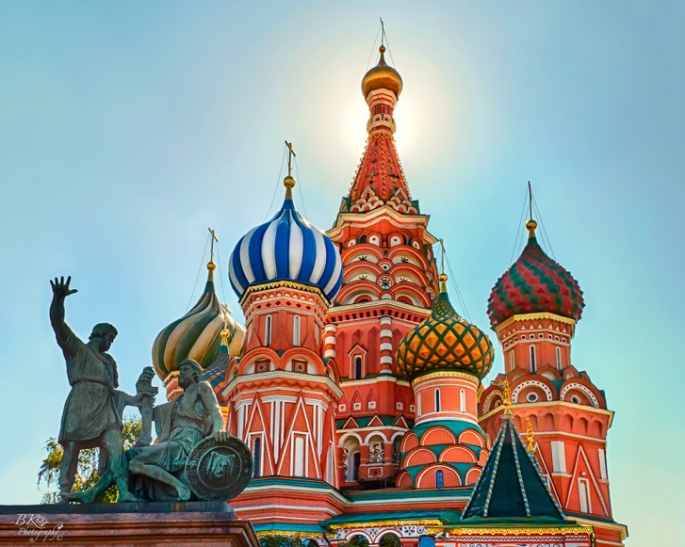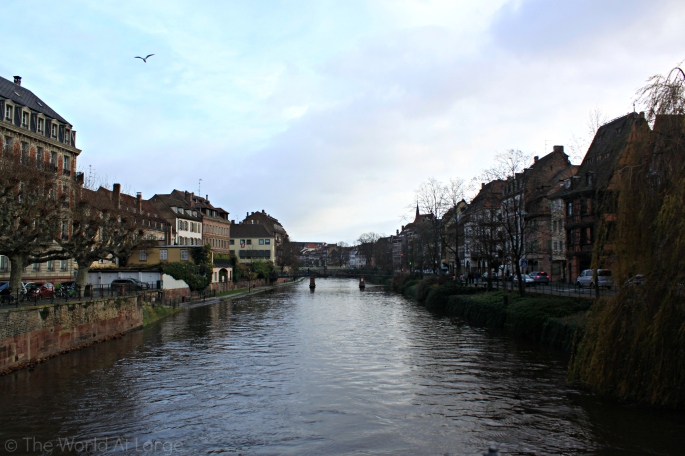Strasbourg is by far one of the most quaint towns I have been to yet. It is the quintessential North French village with its German-inspired cottage facades, side streets galore, and local holiday traditions. Below you’ll find a little history on the town so you can get an idea of just how much cute this town has to offer!
Built on the former site of a Roman camp known as Argentoratum, Strasbourg–the “stronghold of the roads”–flourished during the Carolingian era. During the Middle Ages the city became a “free town” of the Germanic Holy Roman Empire. It was during this period that construction of the Cathedral got underway its foundations dating back to 1015. Two leading figures were to emerge during the builders’ lengthy odyssey–Erwin con Steinbach and Jean Hültz, who in 1439 completed the single spire towering 142 meters high.
Strasbourg’s golden age began in the 1430s, when it became a major intellectual centre with Gutenberg, Jean and Jacques Strum, and Sebastian Brant. It was during this period that Kammerzell House was built; one of the finest examples of civil architecture in the Renaissance style found in the Rhine basin. Many houses in the Petite France were built during this period, a part of Strasbourg with the look and feel of a postcard: half-timbered houses huddles along the riverbanks, slow-paced meandering streets… After decades of hardships (wars, famines…), a second golden age began when the city was incorporated into the Kingdom of France in 1681 with the status of “free royal city.”
In the eighteenth century the city experienced a real architectural renewal: jewels of elegance and classicism like the Rohan Palace (completed in 1742, which today houses several museums) or The Aubette. The latter, decorated much later in the 1920s by Jean Arp and Sophie Taeuber-Arp has justifiably become a “Sistine Chapel of modern art.”
The city was then caught up in the revolutionary turmoil. Rouget de L’Isle wrote the future Marseillaise anthem in 1792. During the France-Prussian war of 1870, the urban landscape was badly damaged by heavy bombing. After the French defeat, Alsace and part of Lorraine were annexed and Strasbourg became the capital of Reichsland Elsass-Lothringen. The German authorities created the Neustadt (“new town”) between 1871 and 1918 an urbanistic endeavour with serious political overtones. Currently in the process of being classified as World Heritage by Unesco, it is an extraordinary testimony of Wilhelmine architecture. Whilst Strasbourg was torn between France and Germany in the twentieth century with two World Wards, it became a symbol of reconciliation between the two countries. It has since become the European capital and the seat of the European Parliament as well as of a number of international institutions such as the Council of Europe or the European Court of Human Rights. All located in a “European Quarter,” these buildings provide a real promenade through contemporary architecture. (Courtesy of Coco City Guide)
KEY
Bold words have links to other articles (by yours truly) on those topics
Non-italic words are other important places that I don’t personally have articles for

The Tomi Ungerer Museum

The platz (or plaza) on the West side of the cathedral.

The local mall dressed up for the holiday season.




























